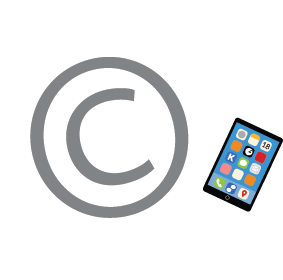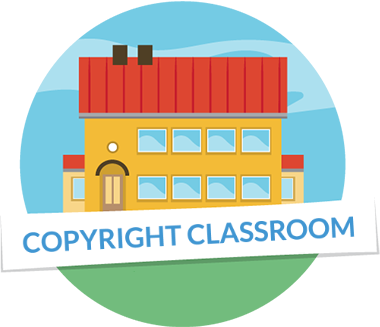Blog writing
- USE OF CONTENT PRODUCED BY OTHERS
If you want to use content such as newspaper articles, videos, or images created by others in your blog, you need permission from the creator or rightsholder.
The creator or rightsholder may have allowed the image or work to be edited through a CC (Creative Commons) licence. The licence symbols indicate how the work may be used. CC licence symbols and the creator’s name should be provided next to the image.
You may use direct quotes from published works. Mark the quote with quotation marks and provide a source reference.
You may link directly to material that is legally available online.
- USE OF IMAGES
In your blog, you can use images you have taken or created yourself.
You can use other people’s images if:- You have permission from the creator.
- Permission has been granted through a CC licence.
- The protection period for the images has expired.
- It’s a photograph of an artwork whose protection period has already expired.
- In reviews, for example of art an exhibition, you may use images of publicly displayed artworks that relate to the text.
- You may use images of permanent artworks in public places in your blog, as long as you do not do so for profit.
- CREDIT THE COPYRIGHT HOLDER
When copying other people’s works, such as images, texts, or videos, you should always credit the creator.
- EDITING WORKS
If you want to edit a work, such as processing an image, you need permission from the creator.
It is important to acknowledge the source of the original and make it clear the work has been changed by you, with permission.
The creator may have allowed the image or work to be edited through a CC licence. The licence symbols indicate whether editing is permitted. CC licence symbols and the creator’s name should be provided next to the image.
- OTHER CONSIDERATIONS
Sharing your own texts on social media
You can share a link to your blog on social media.
You may only upload other people’s photographs, videos, or texts on social media if you have permission to do so. This depends on the terms of use for social media platforms. They stipulate that you transfer usage rights to the images you upload to the service in question, which means you must have permission to transfer usage rights.
Publishing images or videos of people
You may not publish an image or video of a person if it violates their privacy or dignity. It’s a good idea to ask the people appearing in the images or videos for permission to photograph or film them and to publish the images.
Before publishing anything, consider how it would feel if someone published a similar image or video of you.

